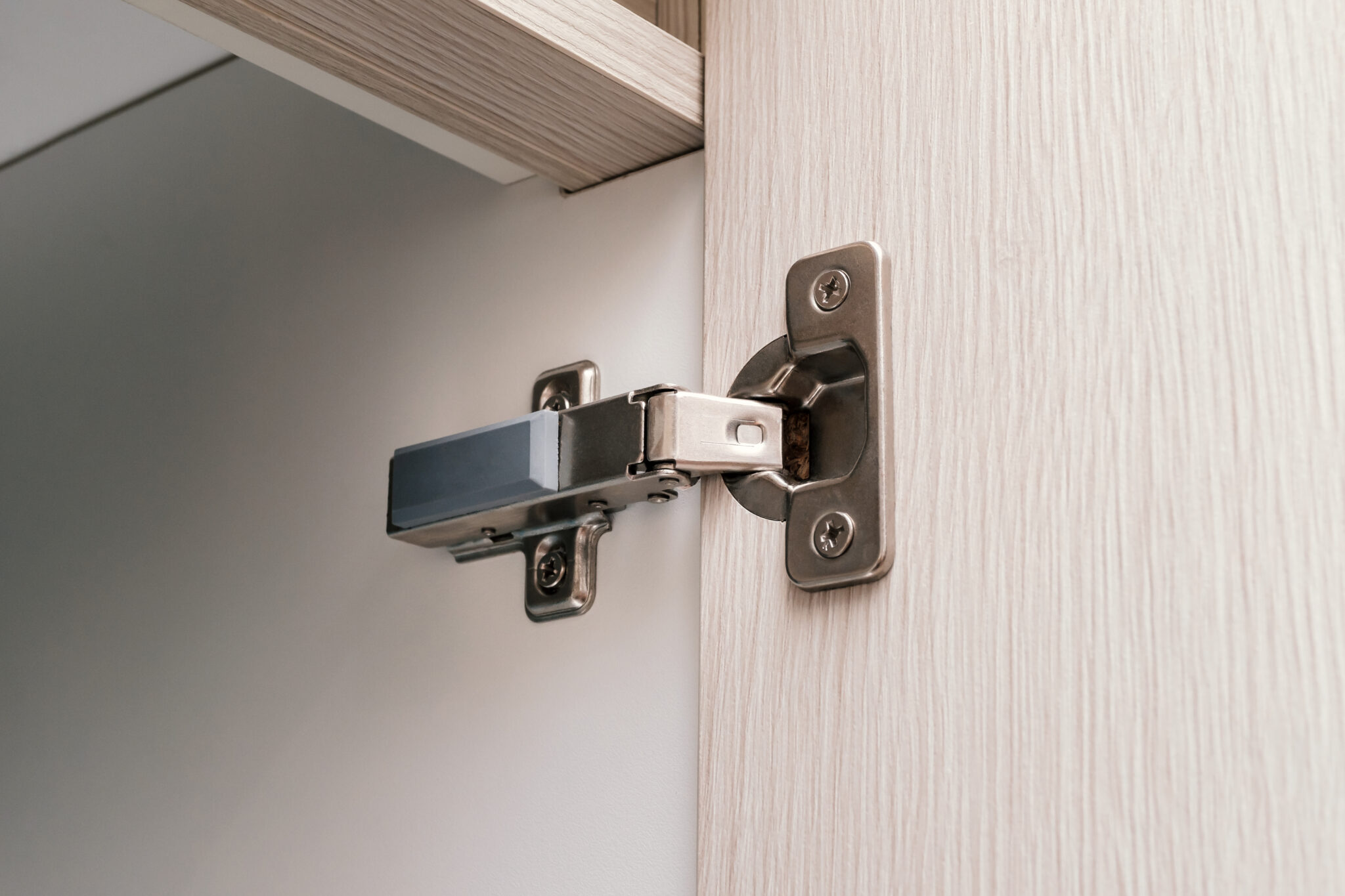Choosing the correct cabinet door hinges can be tricky. You need to figure out what kind of cabinet and door you want, along with the style and function. Between inset cabinet hinges, full overlay cabinet hinges, and partial overlay cabinet hinges, the options feel endless.
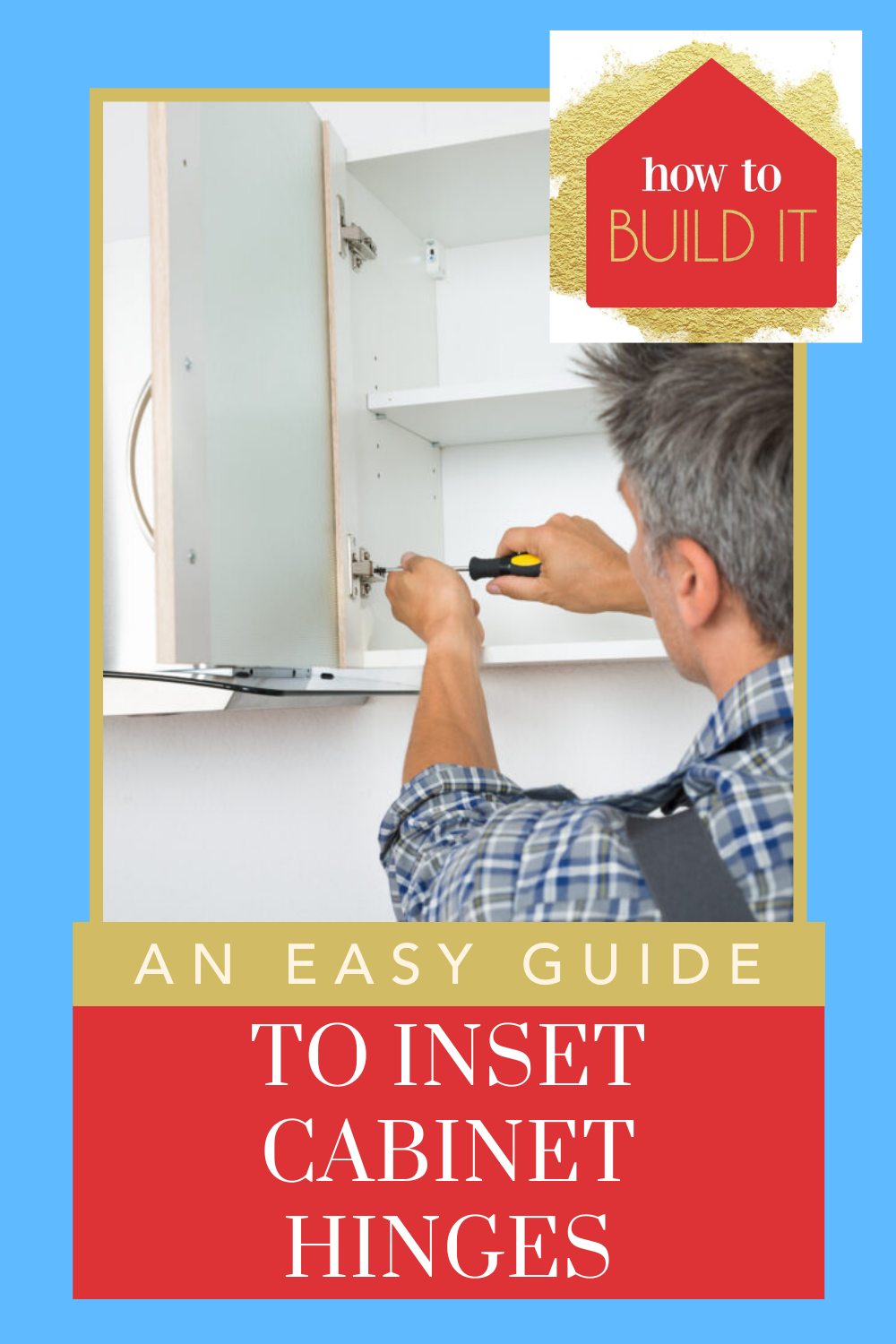

There are so many options available that we do not blame you for feeling overwhelmed. However, we assure you that there is a hinge for your dream cabinet door.
Kinds of Cabinets
When choosing cabinet hardware, you need to figure out the kind of cabinet you have. There are two main kinds of cabinets.
Some cabinets come with a face frame, and others come without it. Those that come without face frames are known as “frameless cabinets” (obviously!).
Face frames are hinged right at the front of the cabinets. They are usually 1×2 material, which means that they are 0.75 inches thick and 1.5 inches wide.
The sides of the cabinet are usually 0.75 inches or 05 inches thick. The aim behind this is to ensure that the face frame envelops the front edge of the cabinet. This helps it overhang the opening of the cabinet.
Frameless cabinets come without a face frame. The cabinet material will be covered by an edge treatment at the front edge of the cabinet box. These types of cabinets also go by the name European-style cabinets.
The Different Kinds of Door Installations
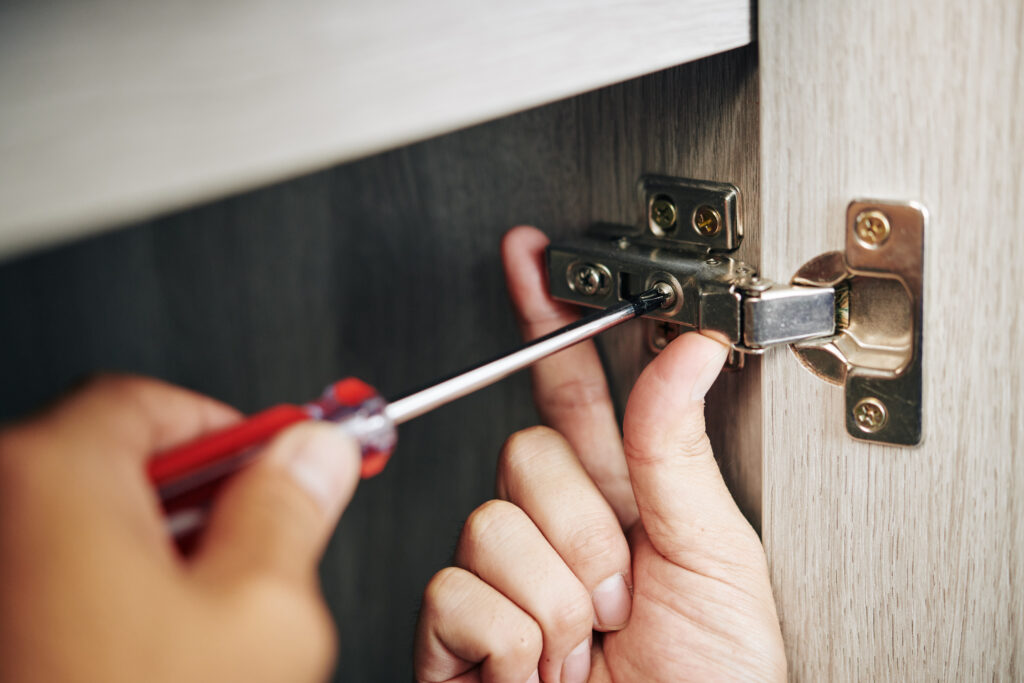

Inset and overlay door installations can be applied in frameless as well as face frame cabinets. The choice between the two depends on how the door is positioned when the cabinet is closed.
- If the cabinet opening has the door closing inwards, you need inset cabinet hinges. Usually, a closed inset door lies flat with the front of the face frame.
- An overlay door is when the cabinet door lies towards the front side of the face frame. The full front edge of the cabinets is covered with overlay doors.
- Partial overlay doors are those that only cover some part of the front of the cabinet.
1. Overlay Doors
Depending on the area of the covered cabinet front of the face frame when the door closes, you can decide on the door’s overlay.
If you want the cabinet box and face frame fully covered when the door closes, you should opt for a full overlay.
However, if you want to leave some part of the cabinet box or face frame visible, you can opt for partial overlay doors. The amount showing is also based on the hinge you find suitable for your cabinets.
Since there are so many types of hinges available, your door overlay can be 0.25 inches to 1.5 inches of the cabinet front material.
Since overlay doors do not require efficient sizing and fitting, they are the simplest to install. Moreover, if the opening of your cabinet door is not exactly square, overlay doors allow you to fix the problem within no time.
2. Inset Doors
As mentioned before, inset doors lie right at the front of the opening of the cabinet.
Installing inset doors is not the slightest bit easy. In fact, their installation is quite tricky. This is because the measurement of the cabinet door must be accurate so that it can fit in the opening of the cabinet. No mistakes are acceptable here.
The usual size of inset doors is 0.125 inches to 0.25 inches smaller in width and height as compared to the opening of the cabinet. The additional space is known as a reveal. You must ensure that the reveal is consistent on all sides. This can be frustrating. However, keep in mind that if you manage to get a 0.125 of 0.06 reveal, the inset door will be perfect!
How to Choose Hinges
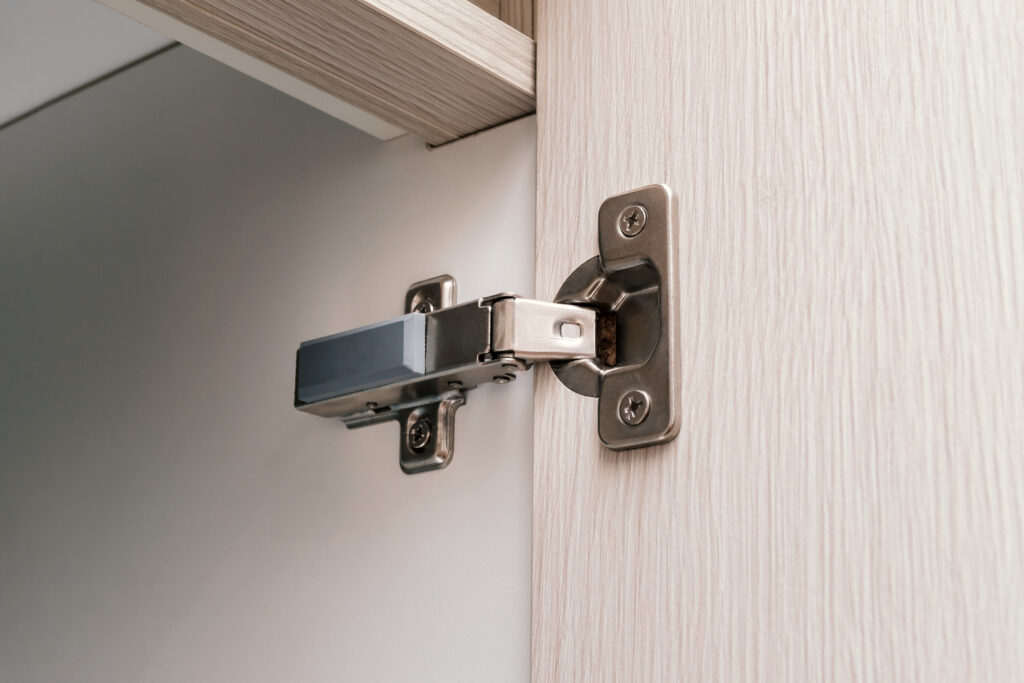

There are a number of factors you must keep in mind when looking for hinges. Along with the type of the cabinet- whether frameless or face frame- and the overlay of the door, there are a large number of hinges styles that you have to choose between.
- Concealed hinges: When the cabinet closes, these hinges cannot be seen from the cabinet’s exterior. They also go by the name European hinges.
- Semi concealed hinges: Even though most of the hinges cannot be seen from the inside of the cabinet, semi-concealed hinges show some parts of them.
- Wrap-around hinges: These hinges bend so that they wrap around the door.
- Non-mortise hinges: These hinges mount to the surface.
You should note that if you want to mount hinges to the door’s surface, then you should definitely go with concealed hinges. You can also drill these hinges into the door once pressed into a “cup.” This is also the reason why these hinges go by the name “cup hinges.”
The diameter of the cup is usually 35mm, but this can be different. The drill depth can also differ depending on the hinge. Usually, concealed hinges are adjustable. This means that in case you want to switch the positioning of the door, you will not have to relocate the hinge.
When you need to change the hardware of an old cabinet in the kitchen or laundry room, you use exposed hinges. These are not as adjustable as concealed hinges.
If you go shopping for hinges for your doors, try to find ones that have built-in adjustability. Drilling holes in the sides of cabinets only to change the position of the door the slightest bit can be frustrating.
What are the Options for Doors for Face Frame Cabinets?
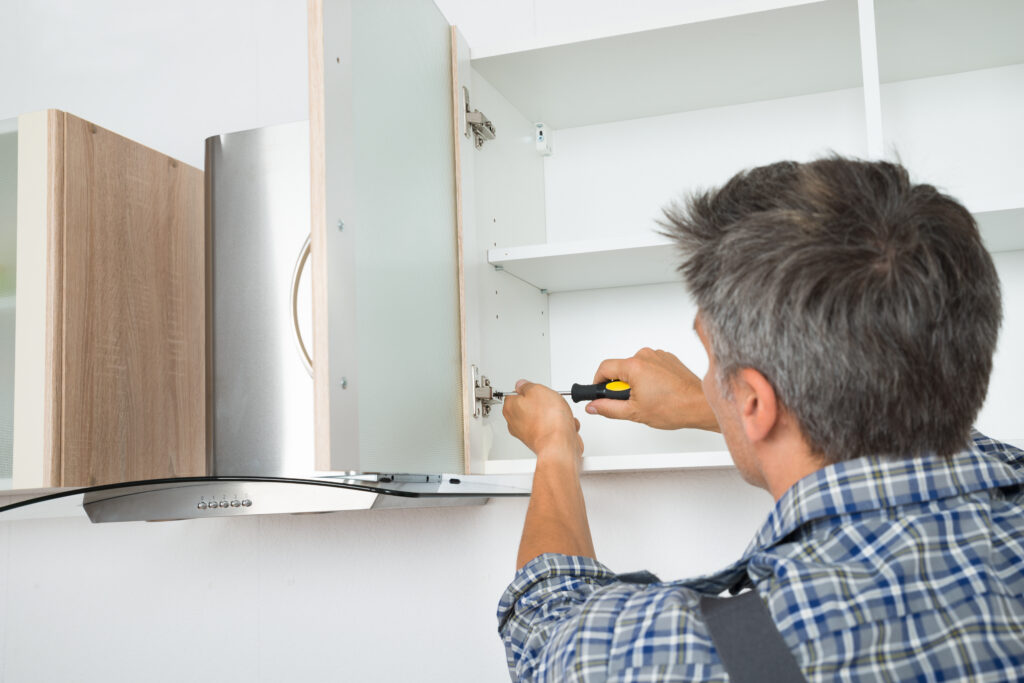

1. Concealed Overlay Hinge
The overlay hinge can self-close when used on face frame cabinets – attached to the surface. They can be used on materials that are 0.625 inches to 0.25 inches thick and those that can tolerate overlays of 0.5 inches to 0.625 inches. However, this is based on the thickness of the door.
2. Compact Concealed Overlay Hinge
The difference between these hinges is that they are more compact. Moreover, they come with a soft-close factor.
These hinges are adjustable in three ways, and their overlays fall between 0.375 and 1.375. They have a cup diameter of 35mm, along with a degree opening of 110.
3. Inset Cabinet Hinges for Face Frame
You don’t need mortising to install face frame inset cabinet hinges. All you have to do is screw them on the door and cabinet.
Inset cabinet hinges are great for standard-sized doors which have a thickness of 0.25 inches.
What are the Options for Doors for Frameless Cabinet Hinges?
1. Overlay Hinges
If you want the door to swing to the exterior portion of the cabinet wall, you should go for overlay hinges.
They are also suitable for cabinets that have shelves that slide out.
2. Inset Cabinet Hinges
Inset cabinet hinges find their main use in frameless cabinets. However, they also find use in cabinets that have face frames but no lip.
There is a lot of information in this article about cabinet door hinges, especially inset cabinet hinges. These are incredibly common and you can easily use them on your cabinet doors. Try it yourself!

